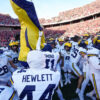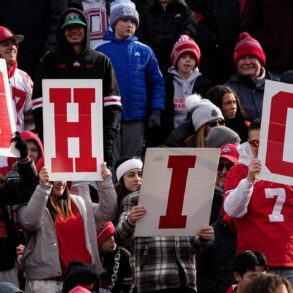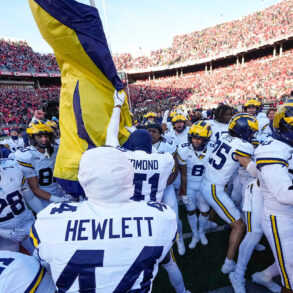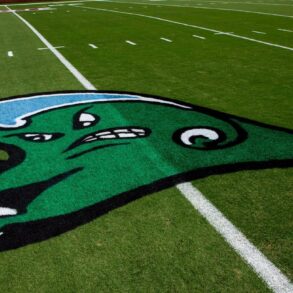Skip to content
One unintended consequence of the new era of college football? Tanking.
On Friday night, U.S. District Judge Claudia Wilken officially approved the landmark House v. NCAA settlement that paves the way for colleges to begin sharing revenue directly with student-athletes for the first time in NCAA history. NCAA president Charlie Baker circulated a letter to member schools Friday night saying that, in the wake of the settlement, college athletics is in a position of strength and moving into a new beginning.
Some throughout the industry are questioning how much will actually change in the post-settlement landscape. Athletic departments and programs will still have to abide by the rules, which hasn’t historically been the case, regardless of who’s enforcing them. But one other issue might come into play that college football just hasn’t had to confront.
A report from The Athletic’s Justin Williams stated that some programs could opt to tank and save money to use for the following season in the transfer portal because the rev-share calendar operates on the academic fiscal calendar, which runs July to June and splits across football seasons.
From Williams’ report:
‘If you spend all $15 million on players for the 2025 season, then you aren’t going to be able to pay anyone for the 2026 season until July 1, 2026,’ explained the personnel director.
This will require thoughtful budgeting, and could spark some innovative approaches — some more palatable than others. “Tanking” has been an issue unique to professional sports, but revenue sharing could usher it into the college ranks. If a team has glaring roster holes at quarterback or other key positions, it could elect to save its revenue share money and go all-in on the transfer portal when the season ends, with a bigger war chest than most of its competitors.
‘I do think you will see teams try to manipulate the cap in different ways,” said another power conference personnel director.’
Citing unnamed sources, Williams postulated that football rosters could reach price tags of up to $50 million a year. The settlement creates a rev-share cap that schools are not to exceed. In Year 1, that cap is set at $20.5 million for all sports. Football is expected to receive the lion’s share of that pool at most schools.
Anything above the $20.5 million cap (or, around $15 million for football) would have to come through third-party NIL deals.
In the past, instances of boosters withholding or threatening to withhold donations until a coach is removed have been reported, but we’ve yet to see a team throw the towel on a season the way professional teams do. Up until now, there was no incentive. There isn’t an Arch Manning-looking light at the end of the proverbial tunnel.
Now there might be. If a team knows it has holes that will prevent it from competing at a certain level, and it can save some capital to be able to outspend its competition in a few months, it will absolutely do so.
Derek Peterson does a bit of everything, not unlike Taysom Hill. He has covered Oklahoma, Nebraska, the Pac-12, and now delivers CFB-wide content.
You might also like…
This post was originally published on this site be sure to check out more of their content.








